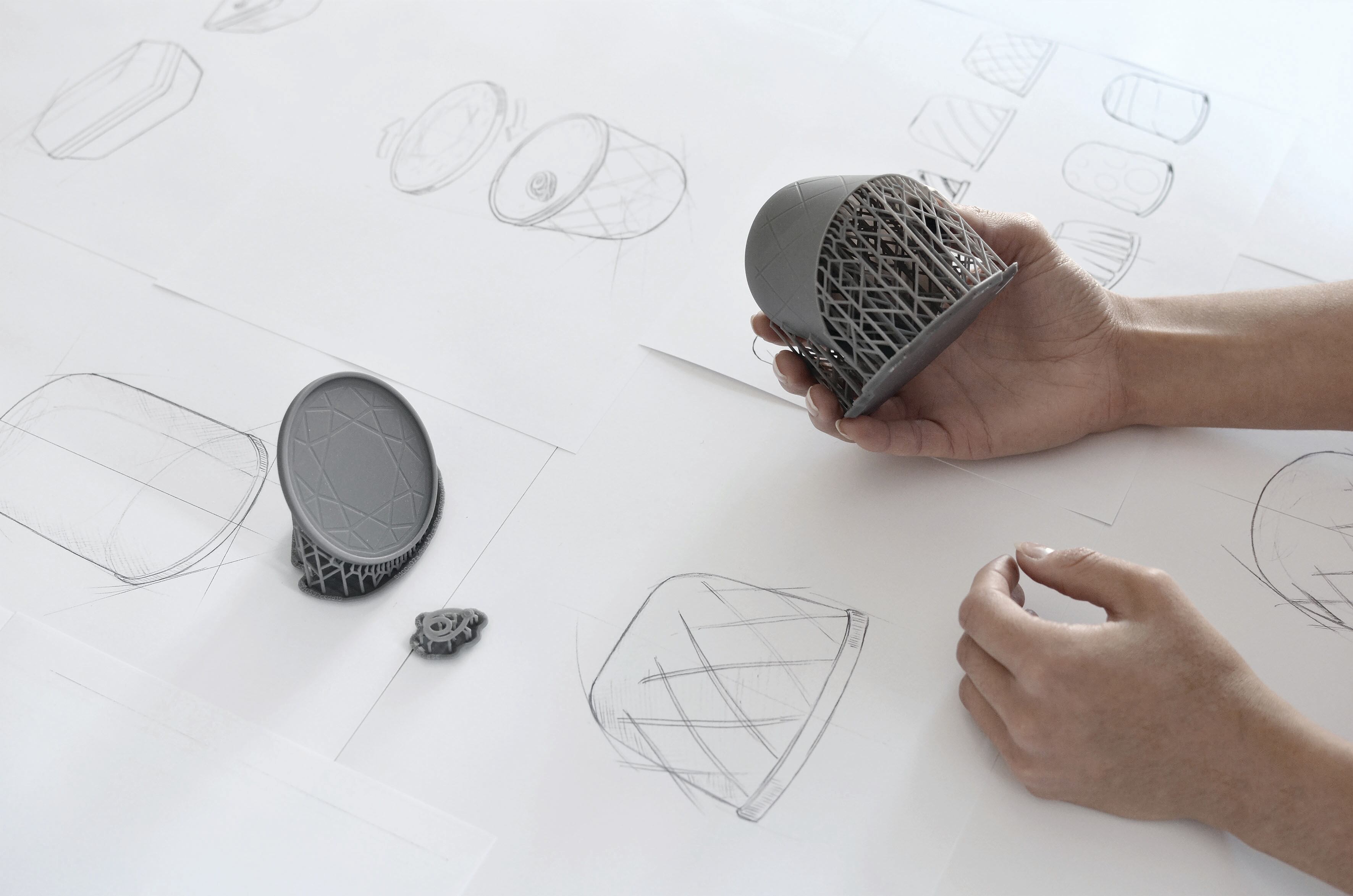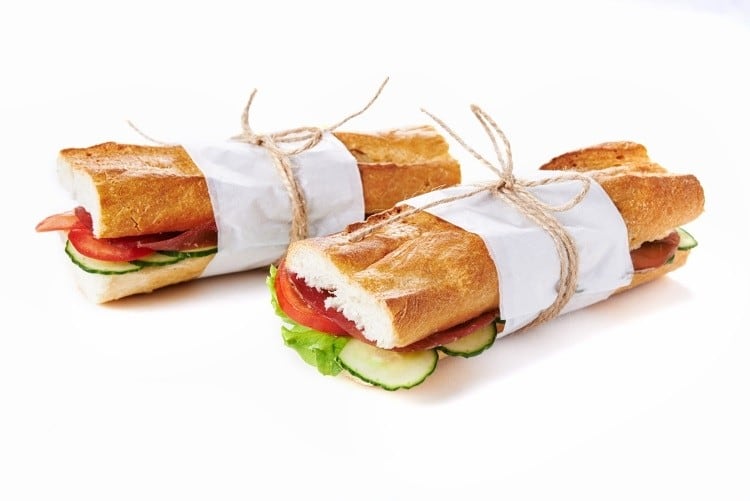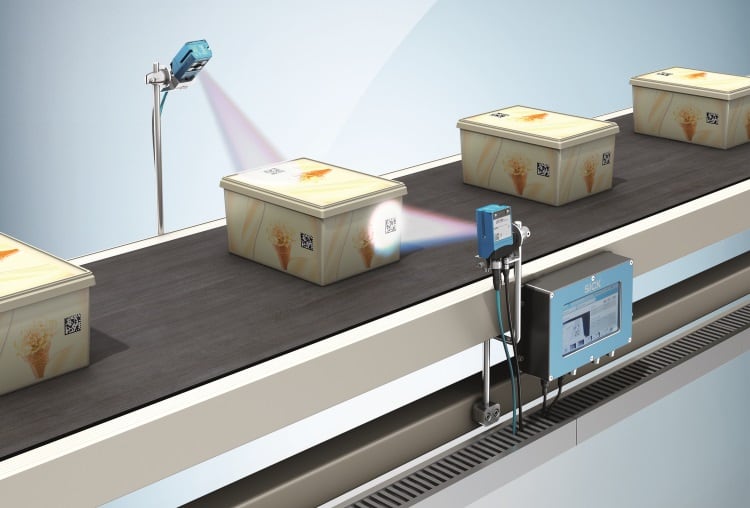Tata Steel, which supplies canmakers with tinplate such as its Protact polymer-coated steel, claimed to be scaling up new film-making and lamination lines in the Netherlands, with a launch projected for this spring.
It has created new prototype designs, worked on by its R&D division, Swedish design agency Grow, and the Packz consultancy. All are based on an inverted, curved-top, tapered ‘pod’ concept (pictured) – not suitable for most high-output can-filling lines, admitted Henri Kwakkel, principal researcher at Tata.
“We’ve tried to take these designs away from high-volume applications towards lower-volume, premium products,” added Tata marketing communications manager Carlo di Terlizzi.
Packaging variations
Variations on the basic designs would allow the ‘pod’ to be stackable, or to include product-specific embossing or ring-pull shapes, Tata said.
Tata emphasised the benefits of using Protact. “We reckon it takes out about five different processes in lacquering and curing from a typical canmaking line,” said di Terlizzi.
Canmaker Crown Food Europe, meanwhile, has stressed the role of the single-serve pack, pointing to EU statistics that showed one-third of households were single-person.
“We have developed our range in single-serve, from tiny diameters upwards: 52mm, 65mm and 73mm cans,” said Crown Food Europe marketing director Laetitia Durafour.
Multiple options
“We have three-piece and two-piece options in tinplate and aluminium, fully-printed bowl-shaped cans. Options such as peelable foil lids are increasingly popular.”
French vegetable processor Bonduelle had taken a different route with its Cassegrain brand, she added. “It has seen incredible growth with its high-quality, premium vegetables in a rectangular can.”
The food can’s quality associations were not set in stone, Durafour argued. “Yes, the can is often used for commodity products, such as baked beans, but there are lots of examples of premiumisation – such as coffee brands.”




